Have you thought about sending a quilt top to a longarm quilter to get it quilted? I’ve worked with a lot of quilters now, and I have some tips to share.
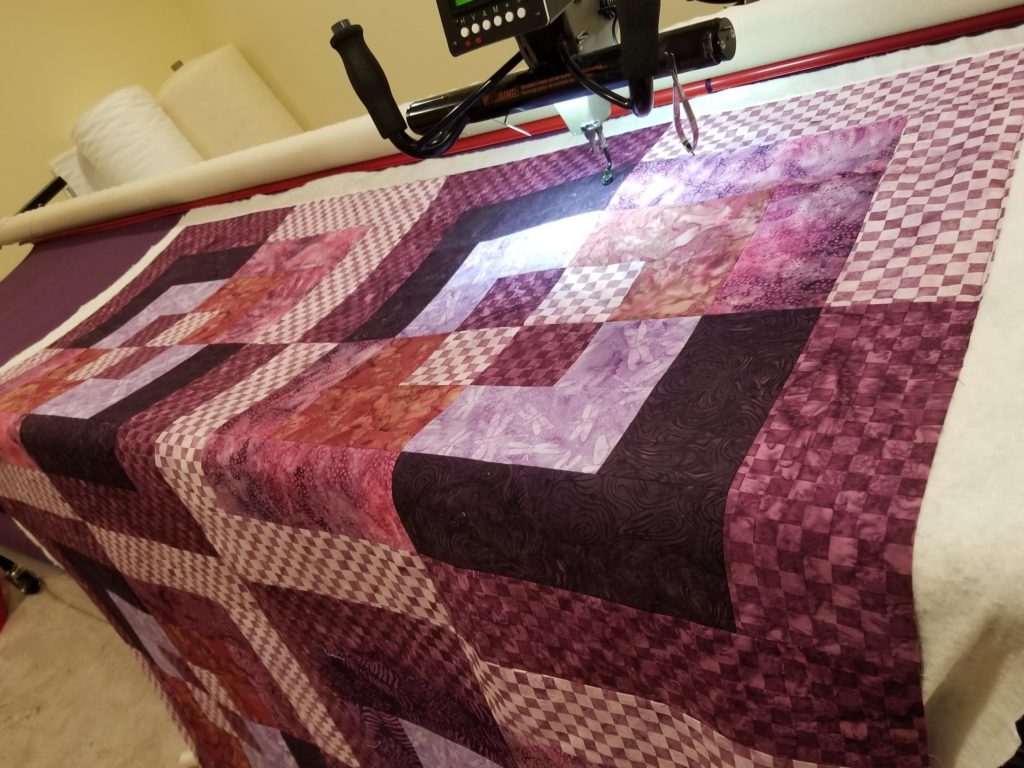 First of all, never feel like your quilt top isn’t “good enough”. No matter what your skill level, your quilter should be happy to work with you. (If your quilter makes you feel bad about what you bring to them, find another quilter.)
First of all, never feel like your quilt top isn’t “good enough”. No matter what your skill level, your quilter should be happy to work with you. (If your quilter makes you feel bad about what you bring to them, find another quilter.)
Prepare your top
Make sure all of your seams are securely fastened. If you have a loose seam, my hopping foot will find it, guaranteed. It will catch and make a hole in your quilt, and sometimes, for fun, sew my hopping foot to the quilt.
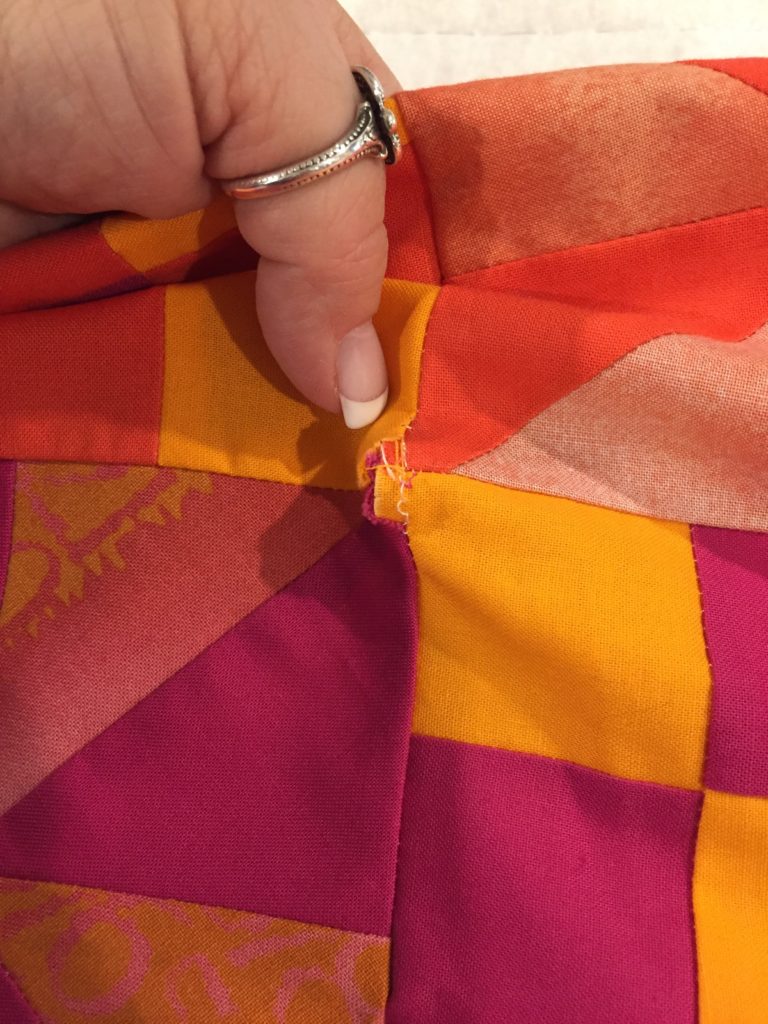 Trim up loose threads from the back of your top, particularly if they are dark enough to show through the fabric. Dark threads show when they are caught between batting and light fabric. I try to clean up some threads, but if there are a lot, I can’t spend hours cleaning up your top for you.
Trim up loose threads from the back of your top, particularly if they are dark enough to show through the fabric. Dark threads show when they are caught between batting and light fabric. I try to clean up some threads, but if there are a lot, I can’t spend hours cleaning up your top for you.
Press your top really well. Make sure all of your seams are pressed flat. I personally prefer seams pressed open – it reduces bulk and makes it easier for me to do a good job. When seams are bulky, the hopping foot can catch on them, and make the quilting look sloppy.
I don’t recommend squaring up your top, unless it is really out of control. Things shift and stretch during quilting. If you trim it before, you will still have to square it up after. I see no reason to waste too much of your work and time with extra trimming.
A word about borders
If your quilt design involves borders, please, please take your time and put them on correctly. I’m certain there are many tutorials out there. In a nutshell, measure your quilt horizontally across the center. This is the measurement for your top and bottom border. Fold the border in half, then half again, pressing the folds lightly. Fold and press the quilt the same way. Line up the registration marks and pin, easing in any bulk between pins. Do this again for your vertical borders. This will prevent you having rippled borders, and will help keep your quilter sane.  If you choose to just sew on a piece that is too long, then cut off the excess, I will know. And I know that you know better, and I am judging you. Silently, as I do the best I can to make your finished quilt look great.
If you choose to just sew on a piece that is too long, then cut off the excess, I will know. And I know that you know better, and I am judging you. Silently, as I do the best I can to make your finished quilt look great.
Watch your back
Prepare your backing carefully. Check with your individual quilter about backing size – we all have our preferences. I like backing to be at least 4″ larger on each side. It allows me to load the quilt onto the machine properly.
Having a nice, square back is really important. It is very difficult to load a backing onto the machine if the back is not square. Square backing is more important than a square top for me.
Want a really happy quilter? Pick up a piece of wide back fabric. Pieced backs are lovely, but nothing works better than a nice, solid piece of fabric.
And, for the love of bananas, DO NOT LEAVE SELVEDGE IN THE SEAMS. Selvedge fabric is woven much more tightly than the rest of your fabric. It will behave differently under the needle, and can cause skipped stitches or thread breakage. It can also shrink differently, causing a pucker in your quilt after washing.
Are you planning on a reversible quilt, where two panels match up exactly? Please don’t bring that one to me. It is very hard to match things up that way on a longarm.
Think about quilting designs
Spend some time thinking about what kind of quilting you want on your quilt. You don’t have to have it all figured out, but telling me to just do whatever I like puts a lot of pressure on me. I can handle it, but I feel better if I know that you like curves, feathers, straight lines, etc. I am personally ever so slightly obsessed with feathers. If you hate feathers, don’t tell me to do whatever I want.
Choose your batting wisely
Choose a quality batting product. There are a lot of great battings available today. You don’t have to spend a fortune, but don’t pick up the cheapest batt you can find and expect it to look great and hold up for years. Most longarm quilters will have a few different options for you in their preferred brands. I like Quilter’s Dream and Hobb’s battings. I use Warm and Natural a lot, and it is a good product, too.
If you have something specific in mind – super poofy, flat and drapey, tell your quilter. Most of us have used lots of different battings and are happy to talk about them. Wool batting is my favorite, and I try to convince people to use it all of the time. It’s fluffy and gives nice definition to my quilting, and it washes up beautifully.
Don’t be shy
Make sure you know how much the project is going to cost, and that you are okay with paying that much. If something feels too expensive, speak up. There are things I can do to make my work more affordable – more simple treatments, etc. Don’t expect me to give my work away for free, but I understand that we all live on budgets.
Most importantly, if you have questions, ask them. Don’t worry that a question is stupid. I’d rather answer a bunch of basic questions than have a disappointed client. Ask if your quilt will be trimmed after quilting. I don’t do that unless asked, and I charge for it. I have heard about quilters who do that automatically. If it is important to you, ask.
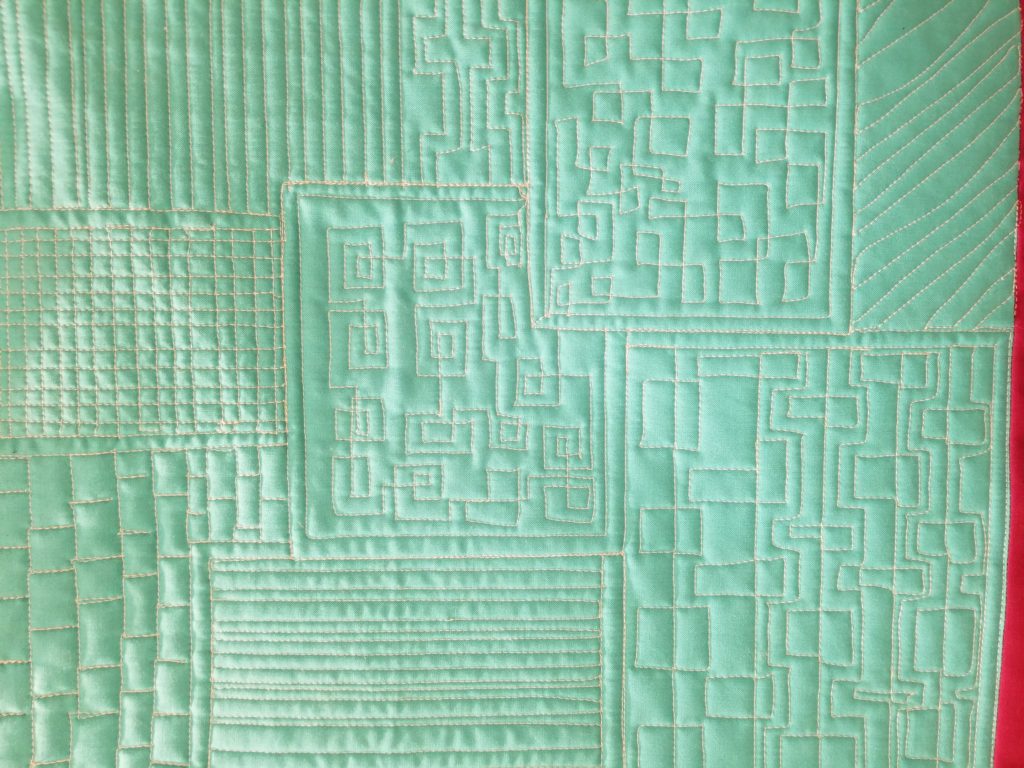 Have you ever worked with a longarm quilter? What did you enjoy about your experience? How could it have been better?
Have you ever worked with a longarm quilter? What did you enjoy about your experience? How could it have been better?
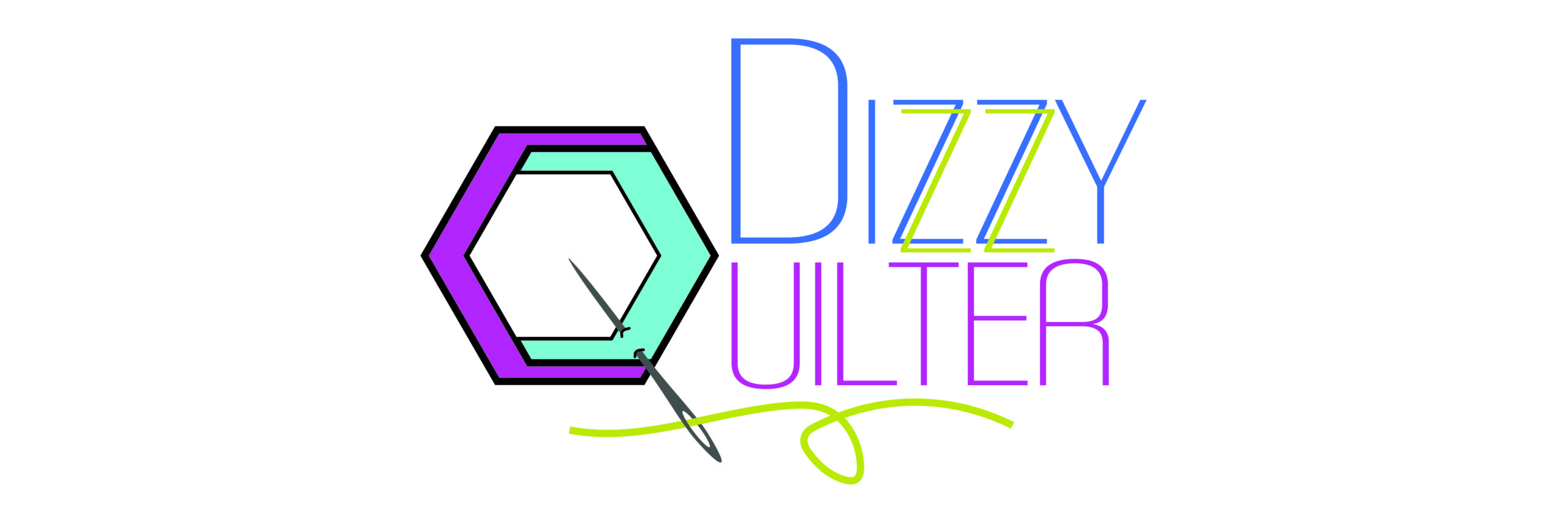
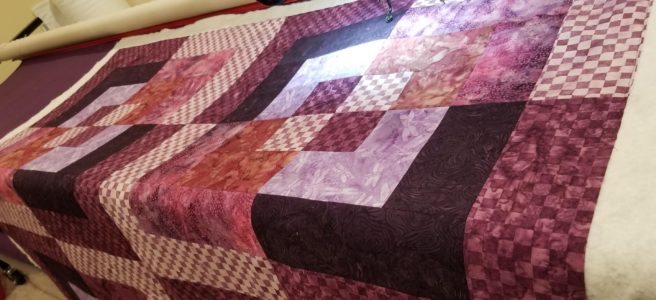
I have a project but it needs to wait for a little while… I will be contacting you in the next few months though I hope!
Yay! You make such pretty quilts.
Great guidance for those who send quilts out! I did have one quiter who trimmed down no charge, I did rather love it, but I never think to ask. Is that your log cabin on the machine? I am a little behind on blogs so I may have missed it – still catching up from a few days out for the social media count.
That is indeed my log cabin on my machine. I am going to do some photos in natural light today and post it this afternoon. My yellow studio walls are not my friend.
These are great tips. I especially agree with the comment at the very beginning to find another longarmer if the one you work with makes you feel bad. That being said, all the other advice is straight out of what I have learned and I know that having posts like this made me a better client when I first started out!
Thanks, Yvonne. I do a lot of intake now, and so many people have had bad experiences.
That border you showed is a Hot Mess~! Thankfully, that has never happened to me.
I have sent my one and only quilt that I have had longarmed to you. I am sure I made numerous mistakes, one being a thrown together pieced backing but you made it wonderful! I can see how a wide non-pieced backing would make things easier.
Thank you Jen! I think I might be the inspiration for this post as I just gave my first quilt top to you. Your warmth and generosity with your time and knowledge put my insecurities as a beginner to rest. I am working on my second project right now and enjoying it as I learn more and more about this wonderful art form. I hope that when you get my second project, you see the improvement.
Hey, Wendy! Your quilt was only part of the inspiration for this post. Your story actually had me pretty outraged. I’m glad you found me, and I can’t wait to work on your gorgeous top.